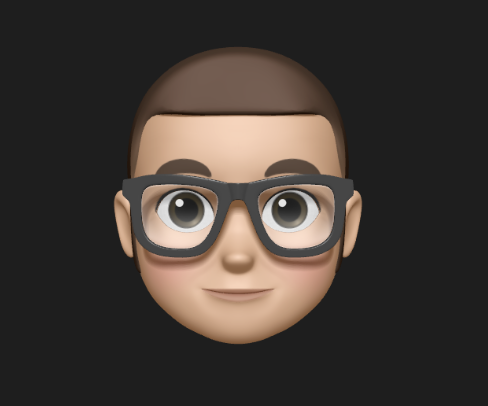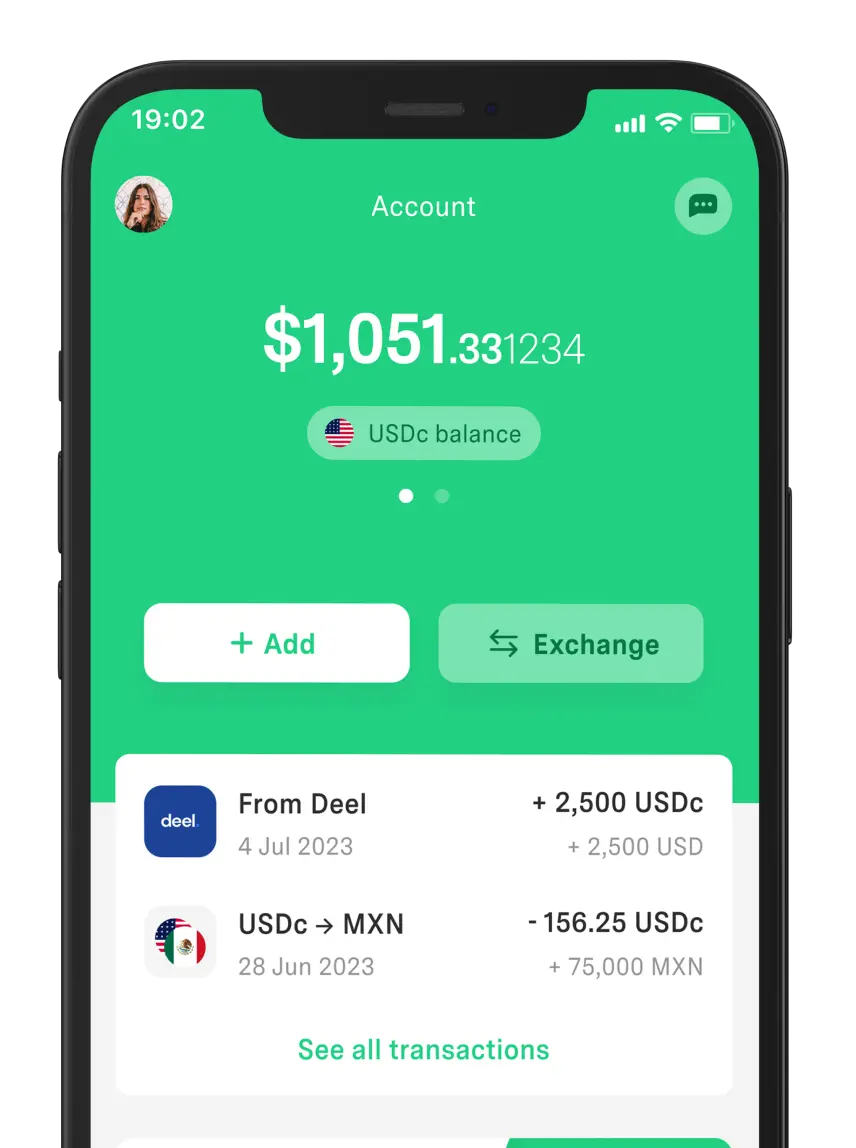 Freelancer tips
Freelancer tips Zoom: O que é, como funciona, recursos e como instalar
O Zoom é uma opção ideal tanto para uso profissional quanto pessoal. Descubra os recursos do Zoom e aprenda como instalá-lo no seu dispositivo.



A focus group is a method that consists of bringing several people together to discuss an idea, product, or service. It’s very useful for hearing perceptions before launching something new to the market, reducing risks, and making better-founded decisions.
That’s why freelancers, fintechs (including DolarApp), and marketing teams turn to focus groups before taking the next step.
If you want to use it to collect valuable information, here we explain what a focus group is and how it works.
It’s a qualitative research technique where a small group of people discusses a specific topic, product, or service. The goal is to understand what they like, what bothers them, and what would make them choose (or not) a solution.
You might be wondering: isn’t it the same as doing a survey?
No, because a survey is based on structured questions and answers that are usually closed. A focus group, on the other hand, is based on open conversation.
In other words, a survey answers “how many people think this?”, while a focus group focuses on “why do they think it?” and “how do they express it?”
A focus group works through a conversation guided by a moderator. The session takes place in a controlled environment and participants express their perceptions and emotions.
These are the main components:
In a group interview, there are usually between 6 and 10 people with similar traits or interests (age, consumption habits, interests, or socioeconomic profile).
This selection makes it possible to obtain perceptions that are representative of the segment the company or researcher wants to understand.
This is the person who leads the conversation, introduces the topic, asks open questions, and encourages participation. Their role is to keep balance throughout the session, avoid bias, and dig deeper into answers without steering them.
At the same time, both verbal responses and gestures or emotional reactions are recorded.
Focus group sessions usually last between 60 and 90 minutes. They can be held in person or virtually through Google Workspace or other platforms.
The key is to have a comfortable environment that encourages active participation from all members.
In this qualitative method, interaction is essential. Ideas emerge from dialogue, there are agreements and disagreements, and deeper motivations and perceptions are revealed.
But to yield useful results, it’s important to follow a series of steps:
Define the objective. First, you need to determine what you want to discover or validate (perceptions about a product, validation of an idea, or understanding consumer behavior).
Select the participants. The next step is to choose between 6 and 10 people who share relevant characteristics with your target audience. It’s even better if they don’t know each other, as this will generate more spontaneous and authentic opinions.
Design the discussion guide. Here you define the topics to address and the questions that will guide the dialogue, with clear, neutral, and flexible wording. This way, participants will express their ideas, arguments, and perceptions without feeling led.
Conduct the session. The moderator is responsible for guiding the dynamics, introducing the topics, and encouraging balanced participation.
Analyze the results. In this phase, responses are interpreted, patterns are identified, and findings are linked to the marketing mix.
Quality indicators are also considered to measure consumer satisfaction and impressions.
Here are 3 hypothetical cases that illustrate how a focus group is applied and what type of information each one provides.
Invites a group of 8 active and potential users to test new app features.
Presents screens and simple flows so they can imagine how they’d use them in their daily lives.
They’re asked to explain how easy it is to understand each option, what inspires trust or doubt, and what they would stop using.
With that feedback, the team improves copy, icons, and flow steps, prioritizes the most valued features, and discards those that don’t add real value.
Brings together several regular consumers of the product and the category (e.g., snacks or dairy).
Shows the new packaging alongside the old one to compare first impressions.
Asks what they think it conveys (quality, freshness, price, health, etc.) and whether they would choose it over other options on the shelf.
Uses the findings to improve design, messaging, and information on the package before producing it at scale.
Invites 10 students and 5 teachers, organized into two focus groups: one of students only and another of teachers only.
Asks them to navigate key sections (classes, assignments, assessments) as they usually do.
Asks how easy it is to find content, what frustrates them, and which features they value most.
With the information gathered, menus, buttons, and navigation paths are redesigned so the platform feels clearer and more user-friendly.
These examples show how a focus group can help you make better decisions before launching a product or changing an experience. Ignoring that information—or only using a fraction of it—can have consequences.
A real case was Coca-Cola in the 1980s, where they used group and qualitative methodologies, but the interpretation of the results was limited.
In short, early tests suggested that many consumers preferred the new flavor. However, the company didn’t fully appreciate the emotional and symbolic weight of the original recipe.
The result? Massive rejection and a forced return to the classic formula.
The main advantage of focus groups is that they give you a deep view of consumer perceptions and emotions. Even so, there are certain challenges that need to be considered:
Advantages of focus groups:
They allow you to gather qualitative and emotional information that doesn’t emerge in surveys.
They encourage interaction and the exchange of ideas among participants.
They make it easier to validate concepts or campaigns before launch.
They help uncover perceptions, motivations, or problems the company hadn’t considered.
They allow you to evaluate whether the product or message connects with the defined target audience.
They don’t statistically represent the entire population.
Results can be influenced by the moderator or by group pressure.
Data analysis is subjective and depends on the researcher’s interpretation.
They require time, budget, and solid logistics to organize.
It’s best used in early development or evaluation stages. In other words, when you want to know the real reaction of the public to a product, message, or service to validate ideas or adjust strategies.
For this reason, it’s used in cases such as:
Launching new products or services. Used to understand the public’s first impression and identify potential improvements, helping estimate whether the proposal aligns with consumer needs.
Evaluating advertising campaigns. Helps detect whether the message, tone, and design generate the desired impact—or whether adjustments are needed before investing in a mass campaign.
User experience (UX) analysis. Tech companies or digital services use this technique to discover how people interact with an app, website, or interface. This way, they can understand what obstacles users face.
Validating concepts or prototypes. The focus group allows you to identify early perceptions and spontaneous reactions, which is vital for refining the product before its official launch.
Overall, a focus group is very valuable for understanding the why behind consumer decisions. So it can be applied in many situations where the goal is more than just measuring how many people think a certain way.
Focus groups are a powerful tool for listening to the customer in more detail. Through this group interview, you can access the user’s real language, their doubts, motivations, and expectations.
Beyond the numbers, it helps you understand how people think and feel about a product, service, or experience. Of course, it doesn’t replace surveys or other research techniques—rather, it complements them by adding context, nuance, and emotions.
At DolarApp, we listen to our community when making improvements to our services. Try it and discover how easy it is to receive or send digital dollars (USDc) and digital euros (EURc).
You’ll also get a competitive exchange rate for buying and selling USDc/EURc.
It’s a group interview guided by a moderator where several people share their opinions about an idea, product, or service. It’s used to understand customer perceptions and design proposals that truly connect with them.
First, you define what you want to investigate and the type of profile that should participate. Then you prepare a guide of topics or questions and carry out the session. Finally, you analyze the information to spot ideas and turn them into useful conclusions.
On the plus side, it lets you detect nuances that don’t show up in numbers and listen directly to customers. On the downside, its results can’t be generalized and depend heavily on who participates and how the session is moderated.
In a group interview, several people participate at once and their interaction is used as a source of insights. In an individual interview, only the interviewer and one interviewee are present, allowing a deeper dive into that person’s personal experience.
Sources:

Os países têm fronteiras. Suas finanças, não mais.
 Freelancer tips
Freelancer tips O Zoom é uma opção ideal tanto para uso profissional quanto pessoal. Descubra os recursos do Zoom e aprenda como instalá-lo no seu dispositivo.

 Freelancer tips
Freelancer tips A well-crafted executive summary concentrates the most important parts of a document so it can be understood in minutes. Here are the steps to create one.

 Freelancer tips
Freelancer tips Within content marketing, the blog is still key for visibility and trust. Discover 8 of its main benefits here.


